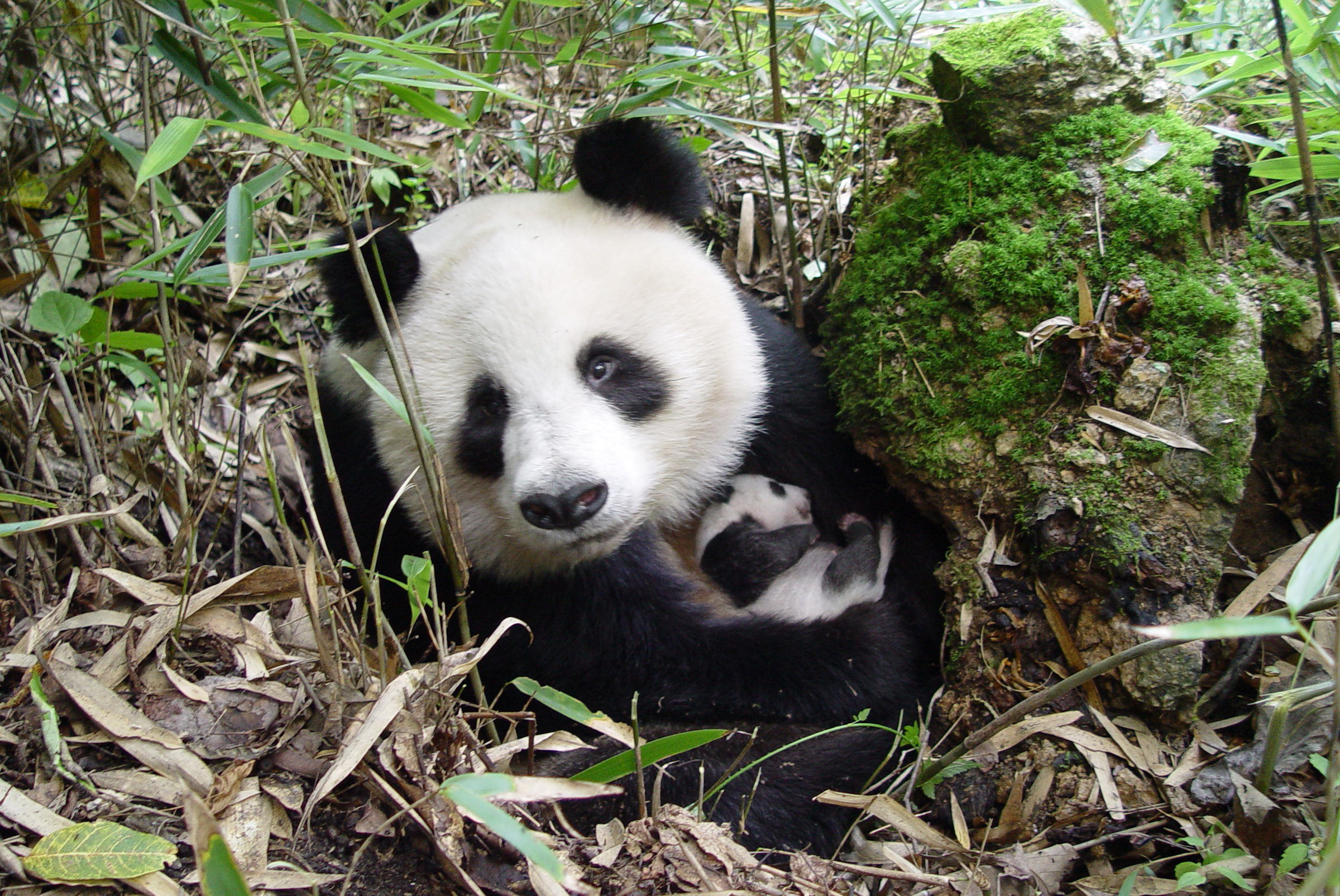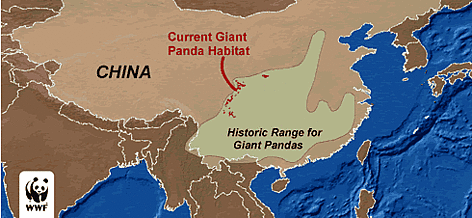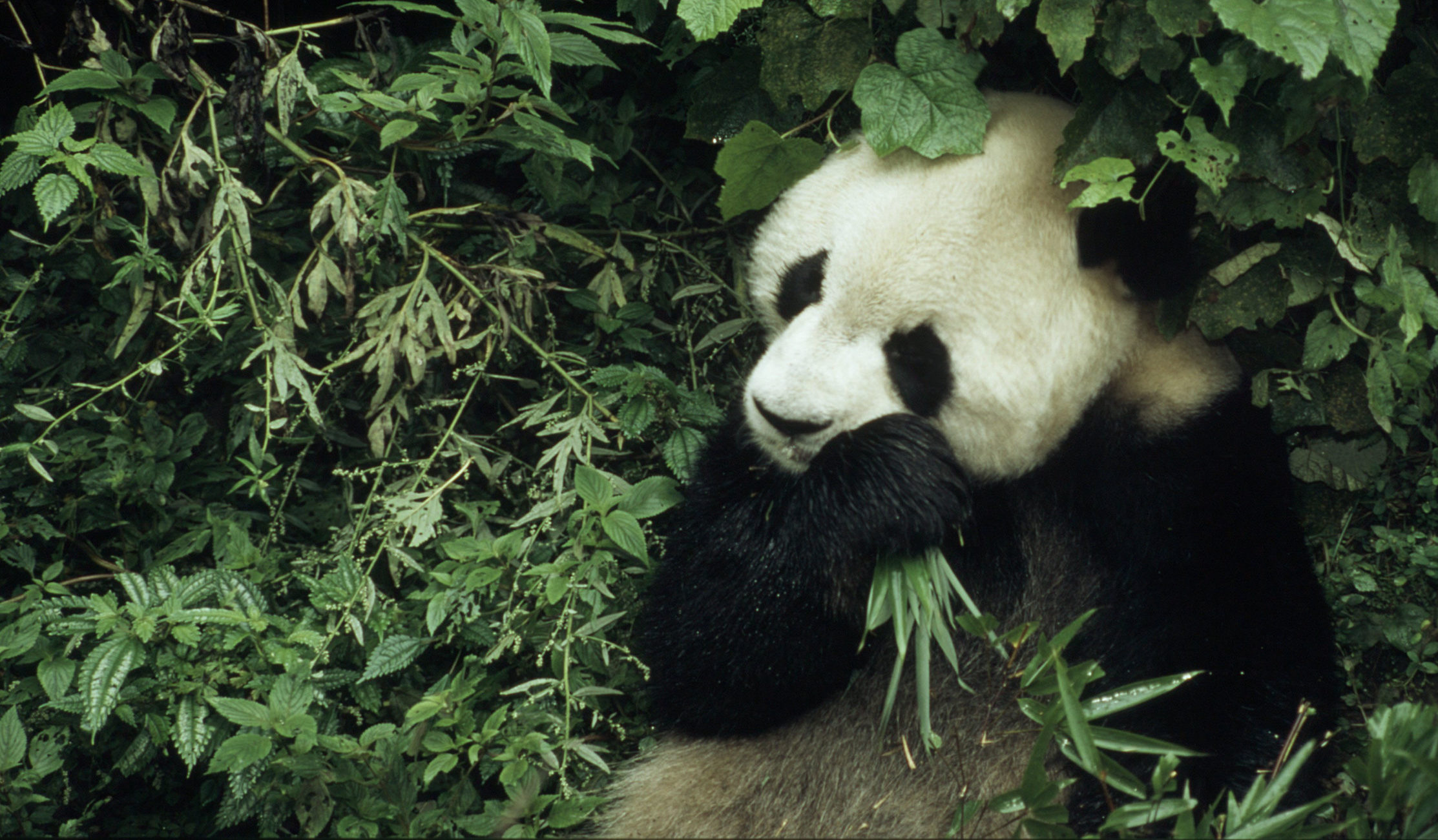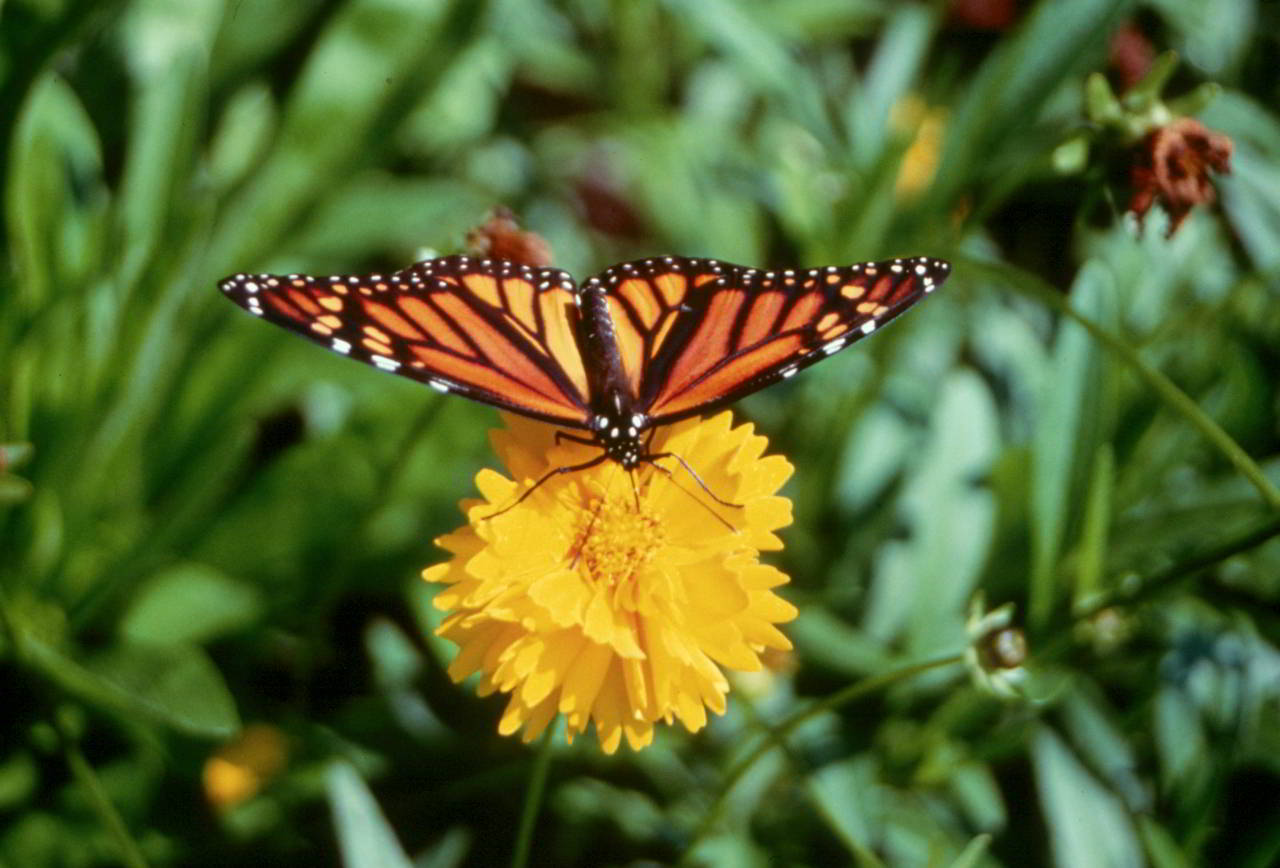Despite the conservation success in recent years, pandas are still at risk. Major contributing factors that limit the panda’s recovery are habitat loss and fragmentation— as forests are converted to agricultural areas, bamboo is harvested, and large-scale development activities such as road construction, hydropower development, and mining.
Because of China’s dense human population, many panda populations are isolated in narrow belts of bamboo no more than 1.2km wide, and panda habitat is continuing to disappear as settlers push higher up the mountain slopes. Pandas are also occasionally caught in snares set for other animals.









